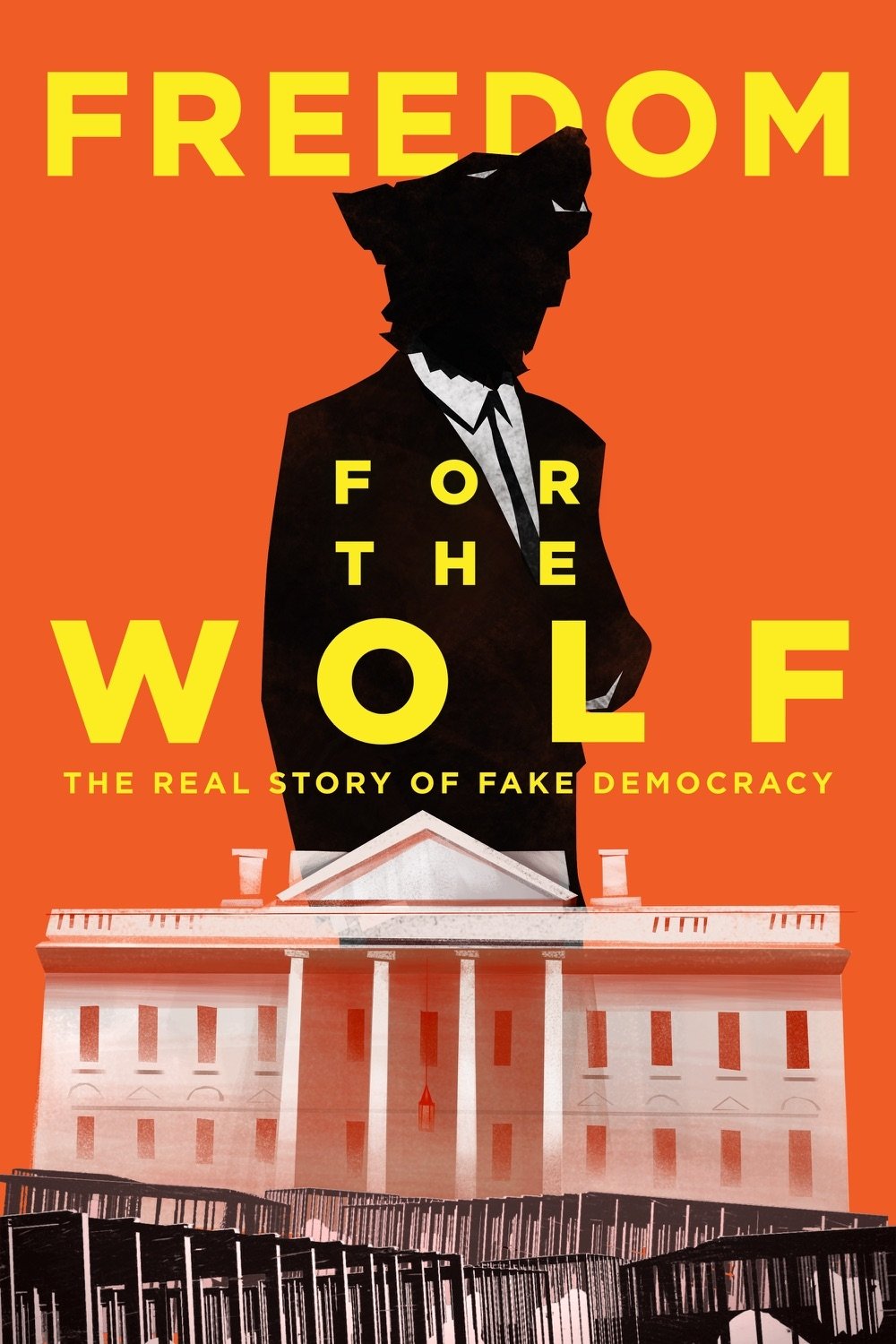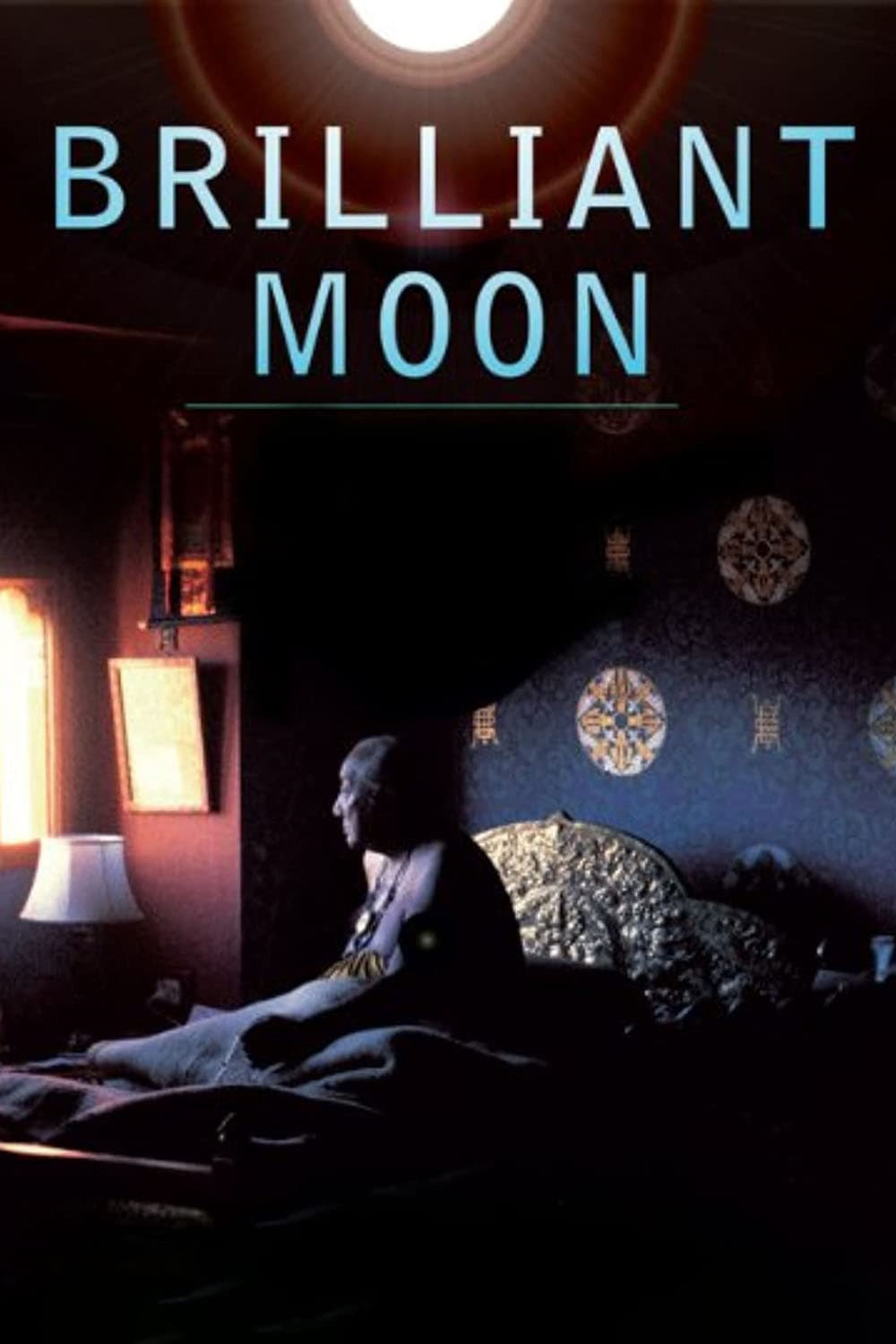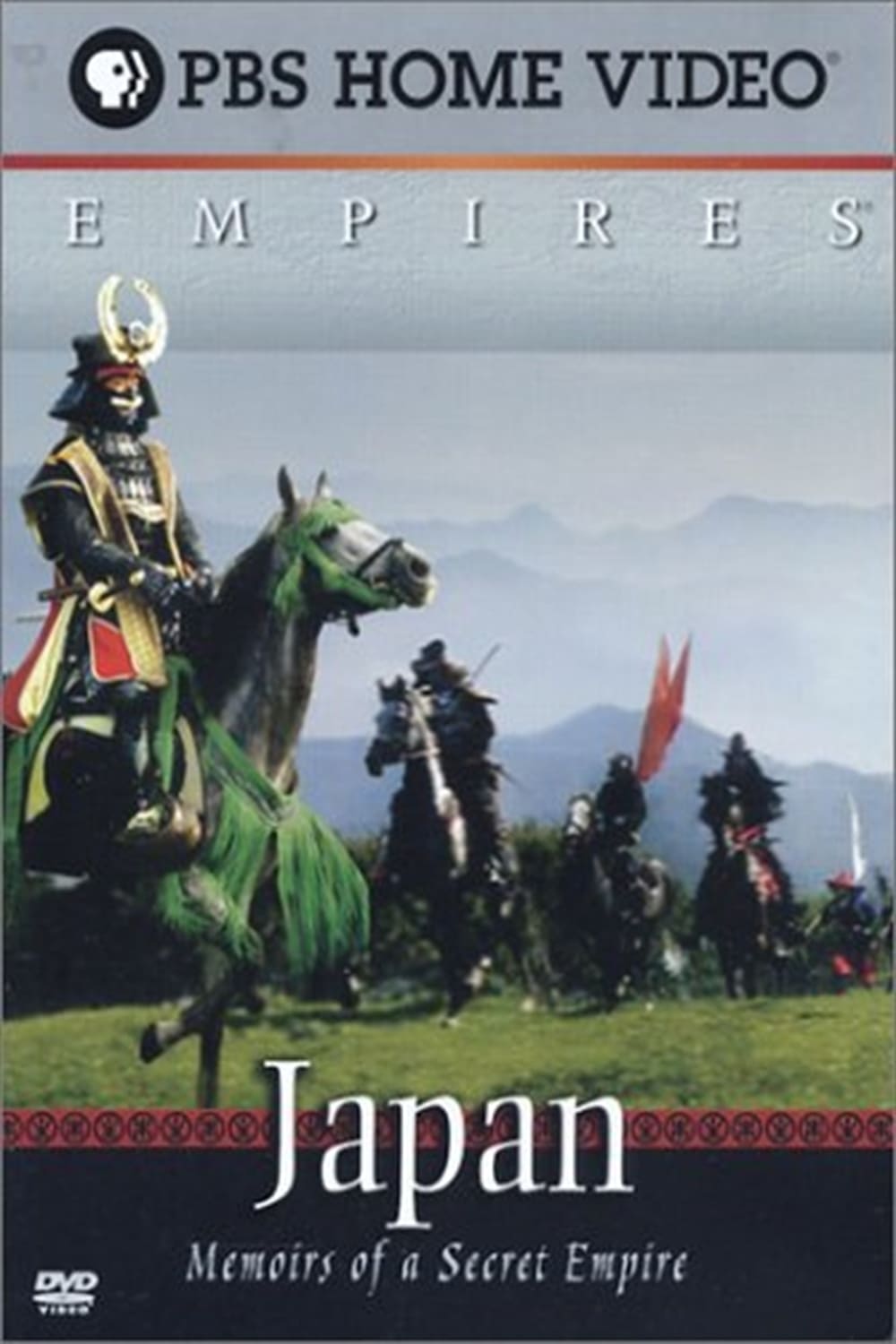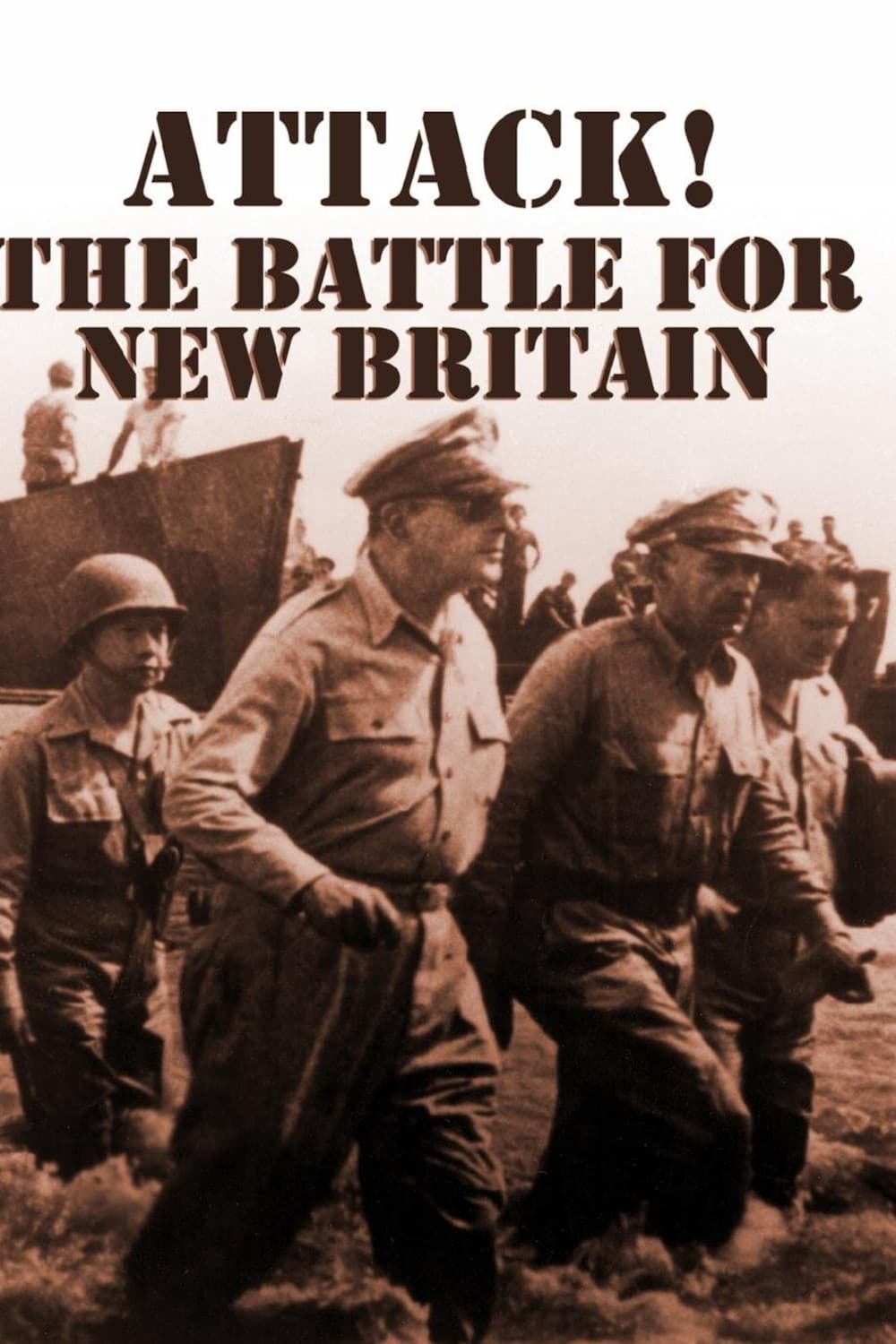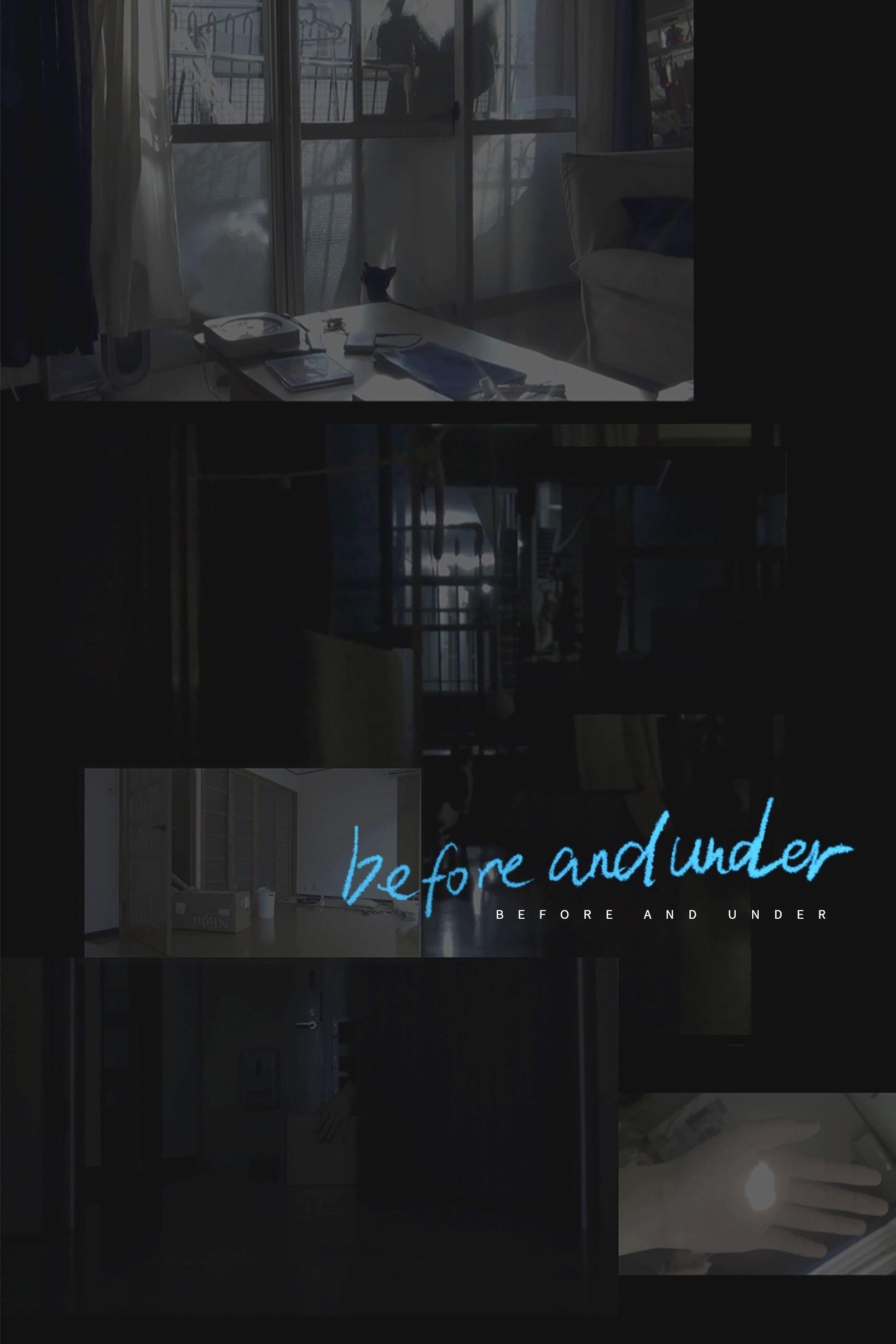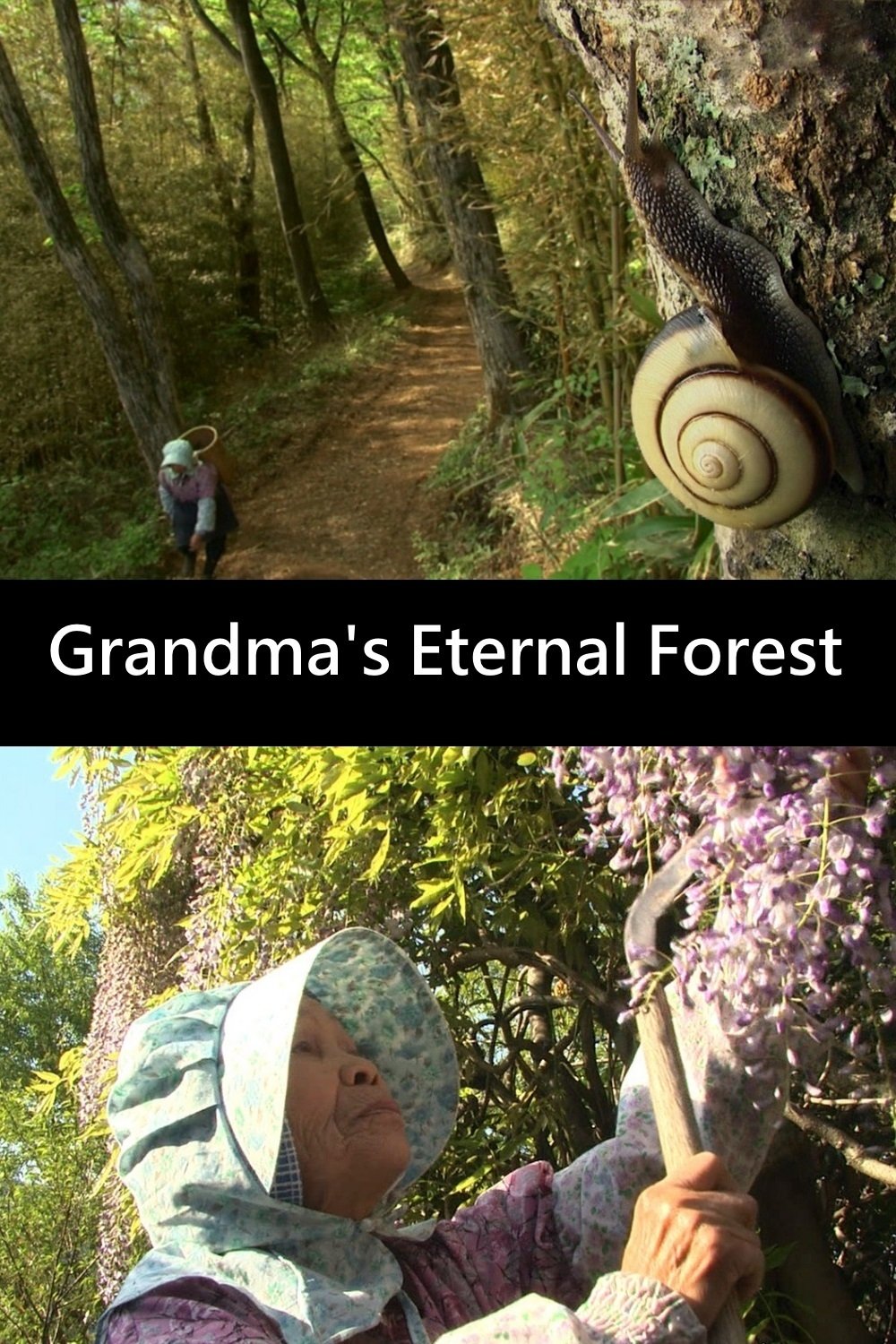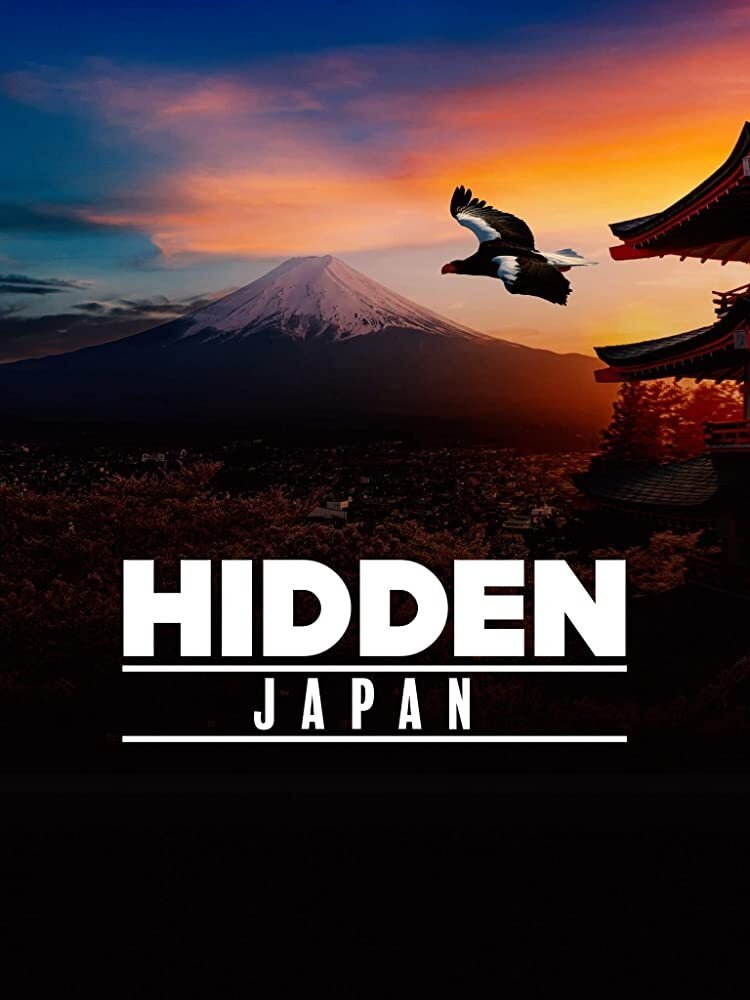
Cherry Blossom Time in Japan (1936)
Released:
1936-03-21
Duration:
8min
Genres:
Documentary
Rating 5.7
Overview
In this Traveltalk short, the symbolic role of cherry blossoms in Japanese culture is explored as well as the traditional Japanese religions of Shintoism, Confucianism, and Buddhism.
Production Companies

Metro-Goldwyn-Mayer
Additional Info
| Budget | $0.00 |
|---|---|
| Revenue | $0.00 |
| Original Language | en |
| Popularity | 2.6474 |
Directed By
Crew
Producer
James A. FitzPatrick
James A. FitzPatrick
Music
María Grever
María Grever
Director of Photography
Wilfrid M. Cline
Wilfrid M. Cline
Conductor
Rosario Bourdon
Rosario Bourdon
TOP CAST

James A. FitzPatrick
Narrator (voice) (uncredited)

